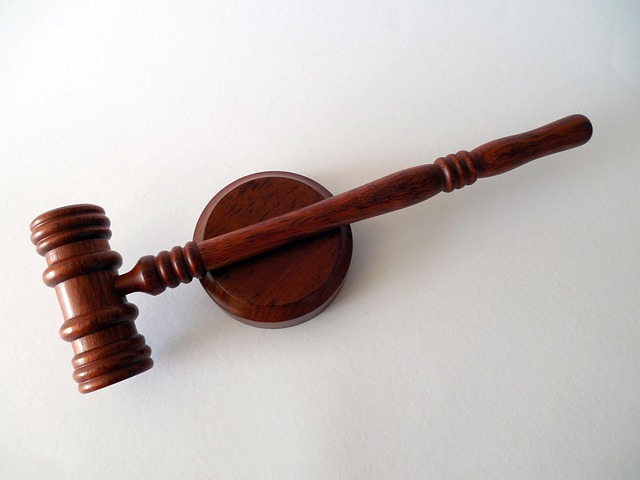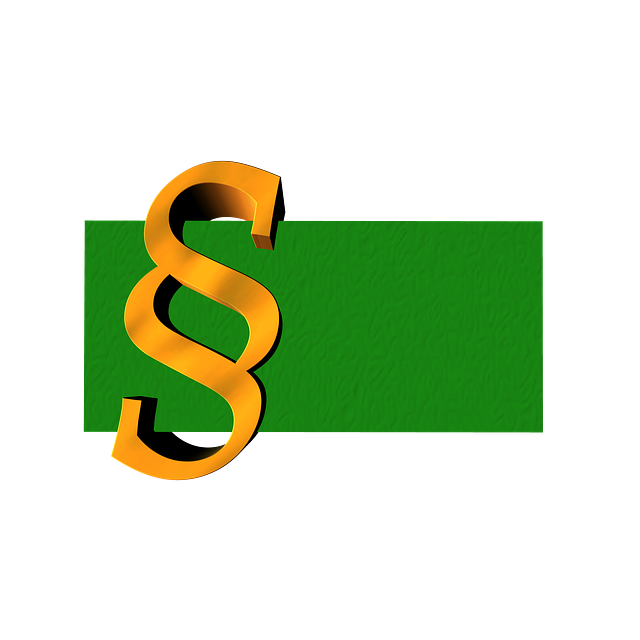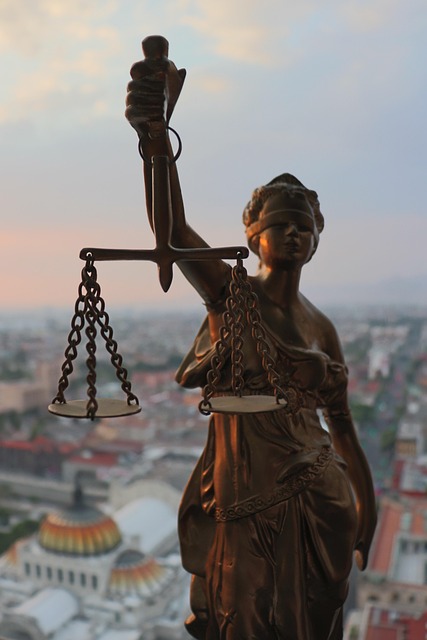Regulatory fraud laws protect industries through transparency and accountability. Understanding Intellectual Property Rights Violation examples is key for businesses and individuals to avoid severe legal consequences. High-profile cases highlight the importance of IPR enforcement against replication or unauthorized use of trademarks, copyrights, and patents. Governments and industry collaboration enforce regulations with penalties for violations like patent infringement. Preventive measures include robust internal controls, employee education, and regular financial reviews to deter fraudsters.
Regulatory fraud laws are essential tools for protecting businesses and consumers from deceptive practices. This article delves into the intricate world of these laws, focusing on key definitions and enforcement mechanisms. We explore specific examples of intellectual property rights violation, highlighting the impact on industries. By understanding preventive measures, businesses can safeguard their operations. Learn about the government’s role in combating fraud and discover strategies to fortify against fraudulent practices.
- Understanding Regulatory Fraud Laws: Key Definitions
- Intellectual Property Rights Violation Examples: Cases in Point
- Enforcement Mechanisms: Government and Industry Roles
- Preventive Measures: Safeguarding Against Fraudulent Practices
Understanding Regulatory Fraud Laws: Key Definitions
Regulatory fraud laws are designed to protect the integrity of various industries by preventing deceptive practices that harm consumers, investors, and the public interest. At their core, these laws focus on ensuring transparency, fairness, and accountability in business transactions. Understanding the key definitions within these regulations is essential for both businesses and individuals alike, as it enables them to identify and report potential fraud.
One critical term to grasp is Intellectual Property Rights Violation. This refers to acts that encroach upon proprietary knowledge or creative works without authorization. Examples range from counterfeiting trademarks and copyrights to unauthorized use of patents, all of which are violations that can incur severe legal penalties. By recognizing these terms and their implications, businesses and individuals can actively contribute to upholding ethical standards across the country and within the respective business landscapes, fostering a more trustworthy environment for innovation and commerce. Moreover, this awareness is crucial in navigating the complex regulatory landscape, especially given the far-reaching impacts of such violations on both the philanthropic and political communities.
Intellectual Property Rights Violation Examples: Cases in Point
Intellectual Property Rights (IPR) Violation Examples: Cases in Point
In recent years, numerous high-stakes cases have brought the severity and impact of intellectual property rights violations into sharp focus. For his clients, these incidents serve as stark reminders of the importance of safeguarding their unique creations and innovations. Take, for instance, the story of a tech startup that developed a groundbreaking software algorithm. Despite their best efforts to protect their work through patents and copyrights, a rival company managed to replicate and market the algorithm as its own, leading to a legal battle that stretched across multiple jurisdictions.
Another compelling example involves a fashion designer who created a distinct pattern for textile printing. Unbeknownst to them, a large clothing manufacturer began using this pattern without permission, causing significant financial losses and brand damage. These cases highlight the need for businesses to not only enforce their IPR but also to remain vigilant against potential infringements. By understanding the legal frameworks surrounding intellectual property rights, respective business can better protect their assets and navigate the complexities of today’s competitive markets.
Enforcement Mechanisms: Government and Industry Roles
Enforcement mechanisms play a pivotal role in combating regulatory fraud, involving both government agencies and industry players. Governments have established robust legal frameworks to protect intellectual property rights (IPR) and enforce regulations. These include specialized courts and regulatory bodies that investigate and prosecute violations. For instance, IPR violation examples such as patent infringement or copyright piracy can lead to severe penalties, including fines and imprisonment. The government’s role is to ensure these laws are enforced fairly and consistently across all industries.
Industry itself also bears responsibility for maintaining integrity. Companies must implement strong internal controls and compliance programs to avoid indictment for fraud. By participating actively in the investigative and enforcement process, industry leaders can help identify potential violations and contribute to winning challenging defense verdicts. This collaborative approach ensures that regulatory fraud is addressed at every stage, from prevention to punishment, fostering a culture of accountability and integrity.
Preventive Measures: Safeguarding Against Fraudulent Practices
Preventive measures are a key aspect of combating regulatory fraud. Companies and individuals must remain vigilant to safeguard against fraudulent practices that can lead to severe legal consequences, including significant fines and reputational damage. One effective strategy is to implement robust internal controls and audit processes. This involves regularly reviewing financial statements, monitoring transactions for anomalies, and establishing clear guidelines and protocols for compliance. By fostering a culture of integrity within the organization, companies can deter potential fraudsters and ensure that practices align with regulatory standards.
Additionally, educating employees about fraud prevention is vital. Training programs can raise awareness of common fraud schemes, such as intellectual property rights violation examples, where individuals or competitors may attempt to misappropriate proprietary information. For his clients, whether corporate or individual, a solid understanding of these risks enables them to take proactive steps. This includes securing confidential data, implementing encryption measures, and establishing non-disclosure agreements. A comprehensive approach that combines robust internal controls, employee education, and legal expertise provides an effective defense against regulatory fraud, ensuring compliance and protecting the interests of all stakeholders.
Regulatory fraud laws are indispensable tools for maintaining fair markets and protecting intellectual property rights (IPR). By understanding key definitions, studying real-world examples of IPR violation cases, and adopting robust enforcement mechanisms, governments and industries can effectively combat fraudulent practices. Implementing preventive measures such as enhanced security protocols and comprehensive education can further mitigate risks, fostering a more secure and trustworthy business environment.






